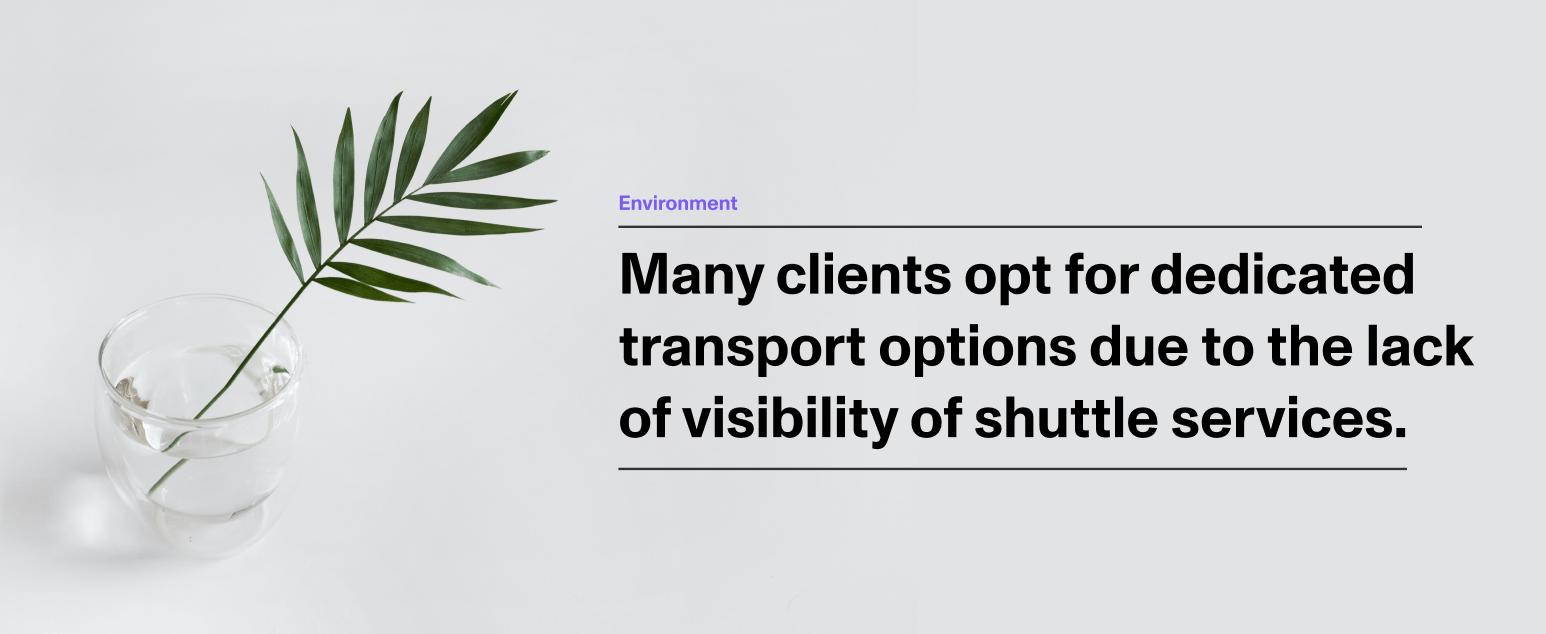
As we edge ever closer to COP26 and as we continue in our efforts to reduce the environmental impact of international art shipping, we thought we would pull together 4 top tips and tricks to reduce your carbon footprint when shipping art internationally.
If the works being transported are likely to be returned (for Art Fairs and alike) or are being sent to another gallery location, then cyclical packaging solutions such as RokBox and Kvatt could be a great option to consider. Over recent months we have seen a number of galleries invest in their own RokBoxes to transport works between gallery locations or in preparation for forthcoming art fairs.
In the past, many clients requested custom crates be produced for each work being transported. However, this isn’t always required and can add to the total cost of the shipment quite considerably. When works are being transported via a fine art road service, our team of fine art packers can often provide alternative solutions, that offer ample protection for some of the most fragile of works, using recyclable card.
This also reduces the overall weight of the shipment which helps to make the overall running of the road service more efficient and environmentally friendly. As always, if you have any questions regarding how to limit the packing required whilst also ensuring the safe transit of your works, then please speak to a member of our team that will be happy to help.
It’s not new news that consolidating the movement of your works with others, either within your portfolio or those traveling to the same or similar destination, can help to limit the environmental impact of transporting works. However, many of our clients continue to opt for dedicated transport options either because of the deadlines required or because of the lack of visibility of shuttle services traveling to different destinations.
For some of the most popular UK and European destinations (London, Paris, Geneva, Basel, Berlin, etc) Queen’s continues to offer a bi-weekly shuttle service to clients who can be more flexible with deadlines for delivery. When clients have an extended deadline, then shipping works via sea-freight, which has a much lower carbon footprint than the likes of air freight, may also be possible although the average shipment time is clearly much longer and will need to be factored into timelines.
As an industry, it’s no secret that, historically, fine art shipping companies haven’t been as environmentally conscious as they could have been and that’s beginning to change. The perfect environmentally friendly packing solutions may not exist yet but there are options available. Queen’s are currently in the initial testing phase of switching to recycled tape and compostable foam and film and the more that clients push shippers to switch to more eco-conscious packaging the quicker shippers will be forced to adapt to the needs of their clients and the environment.
If you would like to test any new packaging materials with Queen’s then please reach out to the team and we would be delighted to test these for you.